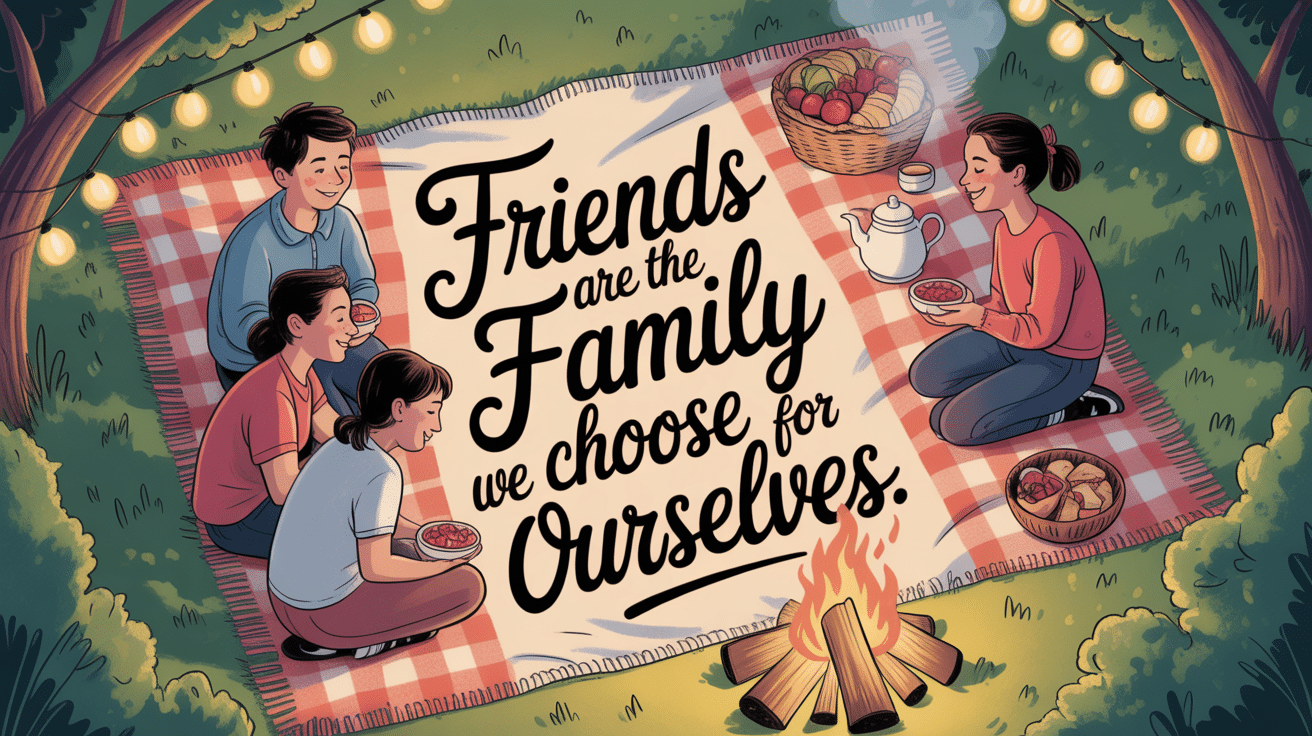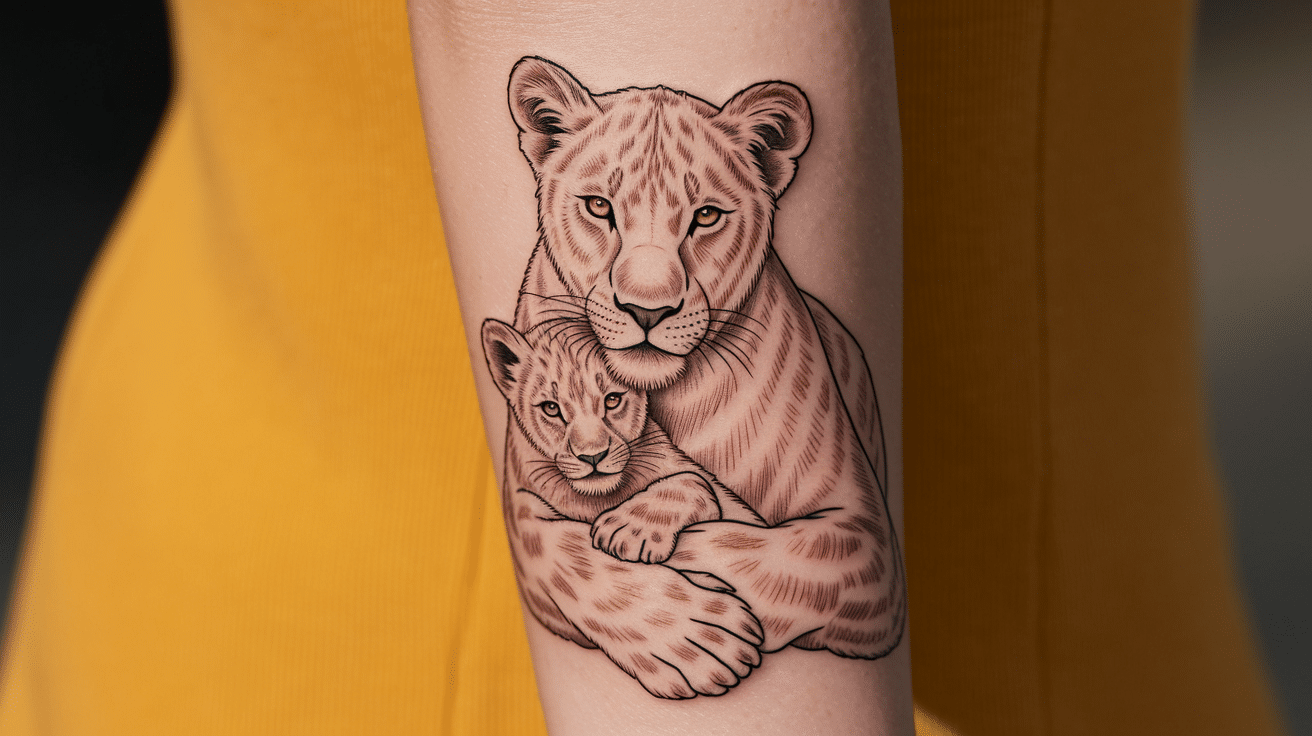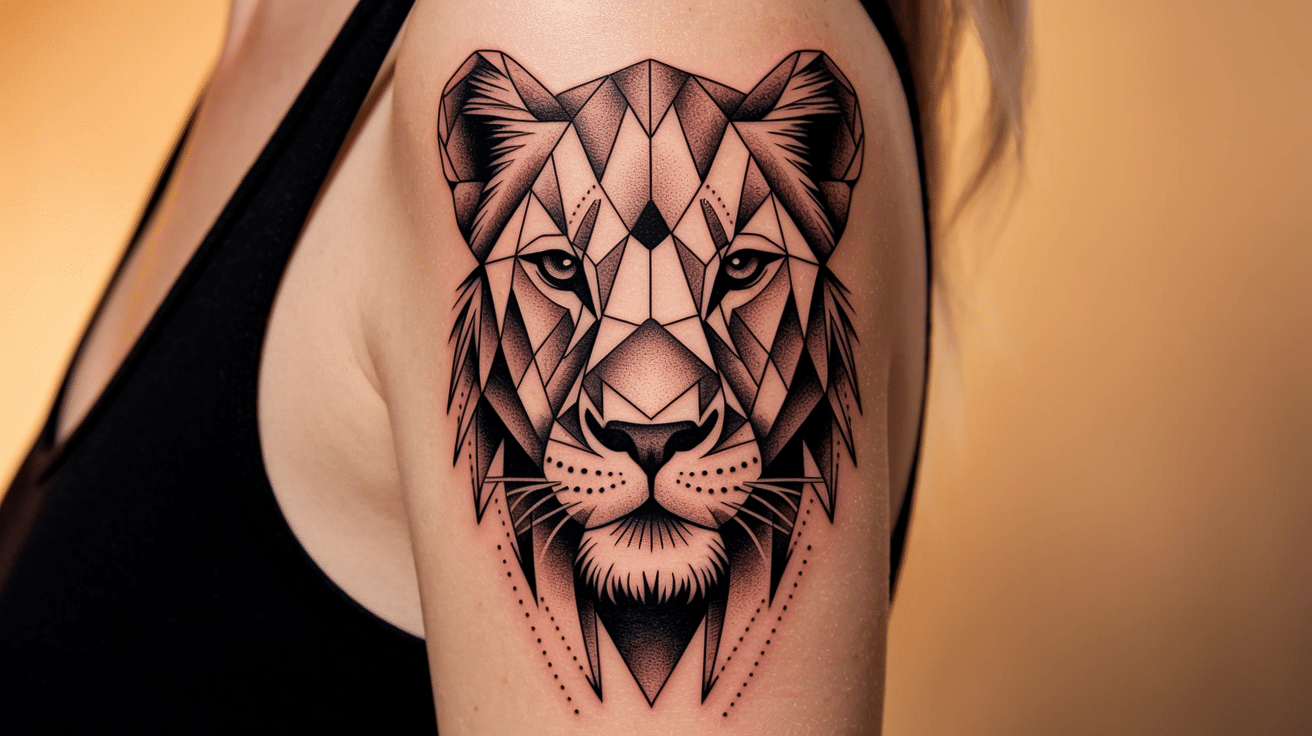Scrolling through old photos often brings back memories of friends who used to be part of your daily life.
The truth about friendships is both beautiful and bittersweet: people enter our lives for reasons, seasons, or lifetimes.
Some friends walk alongside us for decades, while others leave footprints on our hearts during brief but meaningful encounters.
These inspirational “friends come and go” quotes capture the complex emotions of changing friendships, from the joy of new connections to the gentle ache of growing apart.
Inside, you’ll find comforting words for difficult goodbyes, wisdom on recognizing true friendships, lighthearted reflections on the ups and downs of friendship, and hopeful messages about the new connections waiting to be made.
It’s Just Life: Embracing Change in Friendships
Life has a way of naturally shifting the people in our circle, and that’s perfectly normal.
As we grow, change jobs, move to different cities, or enter new life phases, some friendships naturally evolve, while others gently fade. This isn’t a failure; it’s simply how human connections work.
Personal growth often means outgrowing certain relationships while making space for new ones that align with who we’re becoming.
The friends who matter most will adapt and grow alongside you, while others may serve their purpose for a specific chapter of your life.
Learning to let go gracefully and welcome new connections takes wisdom and courage. Each friendship teaches us something valuable about ourselves and what we truly need in relationships.
Funny and Lighthearted Quotes About Friends Coming and Going
Humor can ease the bittersweet nature of friendships that ebb and flow.
-
“Friends come and go like waves of the ocean, but the true ones stick like barnacles.”
-
“Some friends are like snowflakes, beautiful but disappear when things heat up.”
-
“Friends come and go; enemies accumulate.”
-
“Old friends are like old shoes: comfortable, but you can’t always wear them to every occasion.”
-
“Friends come and go, but pizza is forever.”
-
“Some friends are like clouds; when they disappear, it’s a beautiful day.”
-
“Friends come and go, but best friends leave footprints on your heart, and your couch.”
-
“Life is like a bus; people get on and off, but the driver remains the same.”
-
“Friends come and go, but the ones who stay are the ones who know how to make you laugh at your worst jokes.”
-
“Some friends are like pennies: two-faced and worthless.”
Quotes About True Friends Who Stay Through It All
True friends are the anchors in the ever-changing tides of life.
-
“A true friend is someone who is always there during the ups and downs, no matter what.”
-
“True friends are never apart; maybe in distance, but never in heart.”
-
“Friends are the siblings God never gave us.”
-
“A friend is someone who knows all about you and still loves you.”
-
“True friendship isn’t about being inseparable; it’s about being separated and nothing changes.”
-
“A real friend is one who walks in when the rest of the world walks out.”
-
“Friendship is born at that moment when one person says to another, ‘What! You too? I thought I was the only one.'”
-
“A loyal friend laughs at your jokes when they’re not so good and sympathizes with your problems when they’re not so bad.”
-
“True friends are like diamonds: bright, beautiful, valuable, and always in style.”
-
“A friend is someone who gives you total freedom to be yourself.”
Quotes About Fake or Temporary Friends
Recognizing the transient nature of some friendships can be enlightening.
-
“Fake friends are like shadows: always near you at your brightest moments, but nowhere to be seen at your darkest hour.”
-
“Some people aren’t loyal to you; they are loyal to their need of you.”
-
“Fake friends believe in rumors; real friends believe in you.”
-
“Time passes and you begin to see people for who they really are and not who they pretend to be.”
-
“False friends are like our shadow, keeping close to us while we walk in the sunshine but leaving us the instant we cross into the shade.”
-
“Fake friends are like plastic: cheap and easy to break.”
-
“It’s better to have an enemy who slaps you in the face than a friend who stabs you in the back.”
-
“Some friends are like autumn leaves: they’re scattered everywhere when the wind blows.”
-
“Beware of those who are always around when you’re winning but absent when you lose.”
-
“Fake friends are like pennies: two-faced and worthless.”
Emotional Goodbye Quotes for Friends
Parting ways with friends is never easy, but memories last forever.
-
“Goodbyes are not forever; they simply mean I’ll miss you until we meet again.”
-
“Though miles may lie between us, we’re never far apart, for friendship doesn’t count miles; it’s measured by the heart.”
-
“The pain of parting is nothing to the joy of meeting again.”
-
“Don’t be dismayed at goodbyes; a farewell is necessary before you can meet again.”
-
“Saying goodbye doesn’t mean anything; it’s the time we spent together that matters.”
-
“Every goodbye makes the next hello closer.”
-
“How lucky I am to have something that makes saying goodbye so hard.”
-
“It’s not the goodbye that hurts, but the flashbacks that follow.”
-
“Goodbyes are only for those who love with their eyes; because for those who love with heart and soul, there is no such thing as separation.”
-
“Farewell, my friend, until we meet again.”
Quotes About Losing Friends and Finding Strength
Loss can lead to growth and newfound resilience.
-
“Sometimes you have to give up on people. Not because you don’t care, but because they don’t.”
-
“The loss of a friend is like that of a limb; time may heal the anguish of the wound, but the loss cannot be repaired.”
-
“Letting go doesn’t mean giving up, but rather accepting that there are things that cannot be.”
-
“In the process of letting go, you will lose many things from the past, but you will find yourself.”
-
“Sometimes the person you want the most is the person you’re best without.”
-
“You don’t lose friends because real friends can never be lost. You lose people masquerading as friends, and you’re better for it.”
-
“The hardest part about losing a friend is not being able to share your life with them anymore.”
-
“Some people come into your life just to teach you how to let go.”
-
“The pain of losing a friend is a reminder of how much they meant to you.”
-
“Losing a friend is hard, but it’s an opportunity to find strength within yourself.”
Famous Quotes on Friends Coming and Going
Timeless words from renowned individuals on the nature of friendship.
-
“As we grow up, we realize it becomes less important to have a ton of friends and more important to have real ones.”
-
“Friends come and go, but a true friend leaves footprints on your heart.”
-
“In the end, we will remember not the words of our enemies, but the silence of our friends.” – Martin Luther King Jr.
-
“A friend is someone who gives you total freedom to be yourself.” – Jim Morrison
-
“True friendship is like sound health; the value of it is seldom known until it is lost.” – Charles Caleb Colton
-
“Friendship is unnecessary, like philosophy, like art… It has no survival value; rather it is one of those things that give value to survival.” – C.S. Lewis
-
“The only way to have a friend is to be one.” – Ralph Waldo Emerson
-
“Friendship is the only cement that will ever hold the world together.” – Woodrow Wilson
-
“A man’s friendships are one of the best measures of his worth.” – Charles Darwin
-
“Friends are the family you choose.” – Jess C. Scott
Quotes Celebrating New Friendships
New connections bring fresh perspectives and joy.
-
“Each new friendship can make you a new person, because it opens up new doors inside of you.”
-
“Strangers are just friends waiting to happen.”
-
“Every new friend is a new adventure… the start of more memories.”
-
“New friends are like new adventures, waiting to be explored.”
-
“A new friend is a blank page waiting to be filled with laughter and love.”
-
“Meeting new people is like opening a new book; you never know what story awaits.”
-
“New friendships are the silver linings of life.”
-
“The great thing about new friends is that they bring new energy to your soul.”
-
“New friends are like stars; you don’t always see them, but you know they’re there.”
-
“Every friend was once a stranger.”
Quotes About Family Versus Friends
Exploring the dynamics between familial bonds and chosen friendships.
-
“Friends are the family we choose for ourselves.”
-
“Family is not always blood. It’s the people in your life who want you in theirs.”
-
“Sometimes friends are more family than blood relatives.”
-
“Sometimes friends are more family than blood relatives.”
-
“You can’t choose your family, but you can choose friends who become like family.”
-
“True friends stand beside you even when your family can’t.”
-
“A friend who understands your tears is much more valuable than a relative who only knows your smile.”
-
“Friends may not be your blood, but they can be your backbone.”
-
“Family can be bound by DNA or by loyalty; both matter.”
-
“Some friendships are stronger than any family tie.”
-
“In moments of need, friends often become the family that shows up.”
-
“Your real family might not share your name, but they share your heart.”
-
“When friends treat you like family, you’ve found something rare and beautiful.”
-
“Blood makes you related, but loyalty makes you family.”
-
“Sometimes your truest family starts as strangers who become friends.”
-
“Not all family is chosen, but true friends are chosen family.”
-
“Family may know your roots, but friends often know your wings.”
-
“In hard times, friends can be more dependable than family.”
-
“Your friend-circle may be small, but it can hold more love than a family tree.”
Moving Forward with Gratitude and Hope
Friendships are one of life’s most beautiful contradictions, simultaneously permanent in their impact and temporary in their presence.
The friends who have moved on from your life haven’t erased the laughter, lessons, and love they shared with you. Those memories remain yours forever, woven into the person you’ve become.
As you navigate the natural ebb and flow of relationships, remember that every ending creates space for new beginnings.
The friend you haven’t met yet might be just around the corner, waiting to add their special chapter to your story.
Cherish the friends who stay, honor those who’ve moved on, and keep your heart open to the connections still waiting to be made.
Which quote resonated most with your journey of friendship? Share your thoughts in the comments below.








































































































